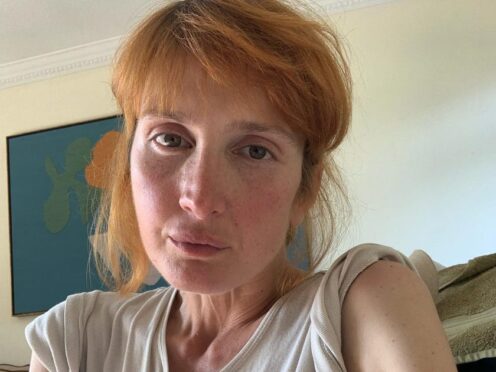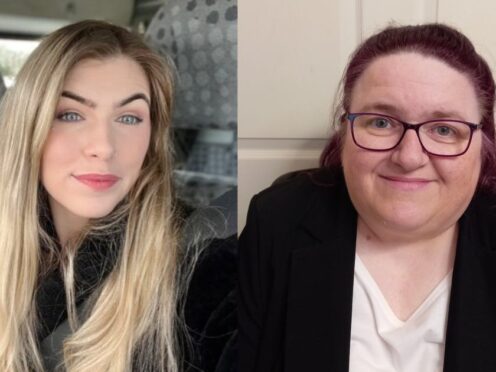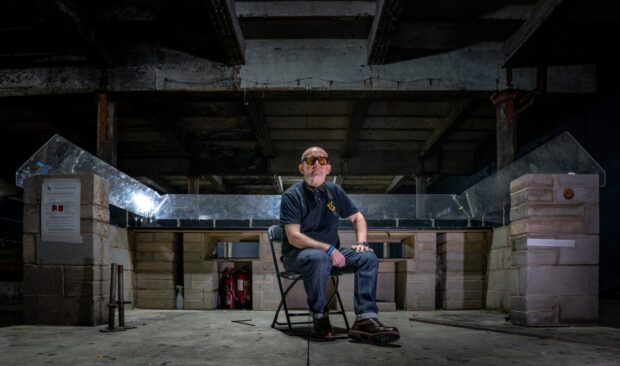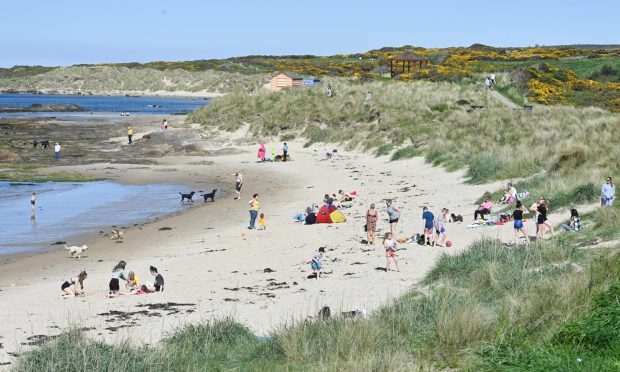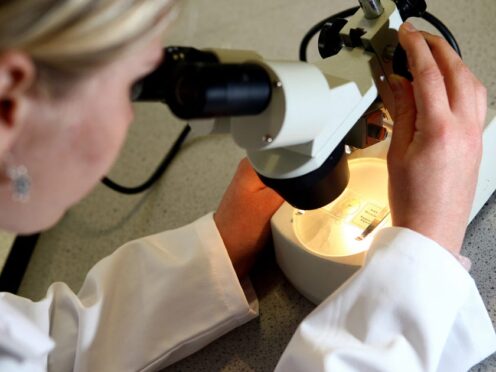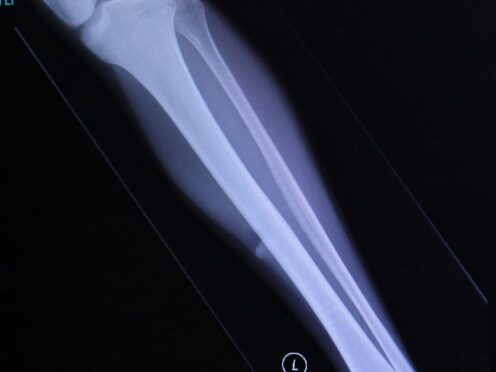One of the toughest things that can happen when you are a teenager is getting acne. It can make you self-conscious and lower self-esteem.
With constant media adverts and product availability out there, finding the right solution can be very tricky.
The experts at Aberdeen clinic Innocent Aesthetics simplify what causes acne outbreaks in teenagers and suggests ways to tackle them.
Many factors contribute to the development of teenage acne, including the production of sebum and keratin (which is an acne-causing bacteria), hormones, blocked pores and natural inflammation.
Sebum is a natural oil that is found in the sebaceous glands. Sebum is meant to lubricate the tiny hair that goes out of the gland (and the surrounding skin). However, when too much sebum is produced it can combine with dead skin cells and that results in acne.
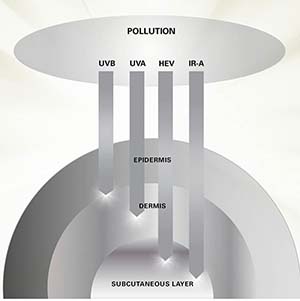
During puberty, the sebaceous glands are increasingly sensitive to hormone changes and excess sebum is created, causing an imbalance.
Acne can be categorised by its severity:
- Mild acne consists of mostly white heads or black heads with a minimal amount of papules or pustules.
- Moderate acne is more widespread, affecting larger areas with white heads, black heads with papules and pustules.
- Severe acne is very noticeable and can affect significant areas and is painful. Large papules are present with pustules, nodules or cysts, which possibly leads to scarring.
Not all acne requires an appointment with your GP. Your local pharmacist can prescribe over the counter gels, creams, topical solutions. But if you do see a GP, they will give you information regarding topical retinoids, topical antibiotics, azelaic acid, antibiotic oral tablets, combined oral contraception pill for women. If your GP is further concerned you may be referred onto a dermatologist.
Ultimately, it is important to educate teenagers in the importance of a good skin regime to protect them from unwanted outbreaks, scarring, sun damage and to help promote healthy, disease-free skin.
In turn it will set them on a lifelong journey with confidence and knowledge on their own skin type, hormone activity and environmental factors which can effect changes to their appearance.
The team at Innocent Aesthetics use the Zo Skin Health products. They offer a simple, comprehensive approach to creating and maintaining healthy skin.
How to tackle acne
Step 1: Getting skin ready
Healthy skin starts with the basics. Bring skin back to its most healthy, balanced state for clear complexion, regardless of skin type.
Step 2: Prevent and correct
Use a wide range of products that help correct skin issues from acne and rosacea to hyperpigmentation and ageing, while preventing future damage.
Step 3: Protect
ZO Skin Health offers sunscreens with triple-spectrum protection to protect against sun and light damage.
At Innocent Aesthetics they offer teenage consultations with a family member to help educate and promote good skin.
They have a complexion clearing programme which is specifically tailored to your skin type whether normal, oily, dry or combination.
Once the client has stabilised on the programme, they can introduce mild skin peels to complement skin types through different stages.
For a free consultation, visit the Innocent Aesthetics website for contact details. You can also see their results on their Instagram.
